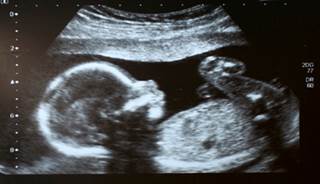Blogue
27
fevereiro
2019
Gestacional e parto variáveis ligadas com dermatite, Food Allergy Profiles







